This article was medically reviewed by Erik Kramer, DO, MPH. Dr. Erik Kramer is a Board-Certified Primary Care Physician at the University of Colorado. With over 15 years of experience, his clinical interests include obesity and weight management, diabetes care, and preventive care, as well as embracing a holistic approach to primary care. He received his Doctorate in Osteopathic Medicine (D.O.) from the Touro University Nevada College of Osteopathic Medicine and completed his residency at Central Maine Medical Center. Dr. Kramer is a Diplomate of the American Board of Obesity Medicine.
There are 7 references cited in this article, which can be found at the bottom of the page.
This article has been viewed 8,937 times.
Valacyclovir is the generic name for the prescription drug Valtrex. The medication is used to treat genital herpes or shingles. Valacyclovir is most commonly prescribed as a pill, although some doctors prefer to prescribe a liquid form of the drug. According to the Mayo Clinic, valacyclovir works best if you take it shortly after an outbreak appears.[1] Fortunately, the medication is highly effective and can clear up the majority of shingles and herpes cases in just a few days!
Steps
Timing Your Valacyclovir Doses
-
1Use Valtrex within 24 hours of an outbreak if you have recurrent genital herpes. If you have more than 1–2 genital herpes outbreaks a month, take Valtrex immediately after you notice a new outbreak. It’s important to take Valacyclovir aggressively when you have recurrent herpes (as opposed to infrequent, occasional outbreaks) so that the medication can begin working to counteract herpes immediately. The medicine will also help relieve the pain and make daily life easier.[2]
- Genital herpes outbreaks often begin with an uncomfortable itching sensation around your groin or between your legs. This may be accompanied by other physical symptoms like general aches and pains, fever, or overall discomfort. As the outbreak progresses, you’ll begin to notice a grouping of blistering sores around your groin.[3]
- You can also take generic acyclovir if valacyclovir isn’t covered by your insurance or is too expensive. Acyclovir usually needs to be taken 5 times daily.
- You may also feel tingling or shooting pains around your crotch, thighs, and buttocks.
-
2Take Valtrex within 48 hours of the appearance of shingles or herpes. If you have occasional genital herpes or shingles outbreaks, take Valacyclovir within 2 days of the beginning of the outbreak. If you frequently experience either of these medical conditions, it would be wise to always have Valacyclovir on hand so you don’t have to visit a pharmacy before taking the medicine. If you wait longer than 48 hours to take the medication, it will not work as efficiently.[4]
- Between 1 and 5 days prior to a shingles outbreak, you’ll feel an uncomfortable sensation of tingling, burning, or numbness at the location where shingles will break out. The shingles themselves look like a row of blisters. The individual blisters are only about 1⁄8 inch (3.2 mm) in diameter, but the row of shingles can run anywhere between 3–12 inches (7.6–30.5 cm).[5]
- Shingles outbreaks most often occur on the torso. The blisters typically run horizontally along or between a rib. If a shingles outbreak occurs on your face or near your eyes, get it immediately checked by your primary care provider or an ophthalmologist since the shingles could affect your vision.
Advertisement -
3Take Valacyclovir before having intercourse with a sexual partner. If you have genital herpes, you run the risk of transmitting herpes to any sexual partners who touch your groin or buttocks. To prevent the transmission of herpes, take Valtrex 24 hours before engaging in vaginal, oral, or anal intercourse to protect your partner from the virus.[6]
- Taking Valtrex will not prevent you from passing herpes on to a sexual partner. However, it can get rid of unwanted sores prior to sexual activity and decrease the chances of passing on the virus.
- Even if you don’t see a typical rash, you can still spread genital herpes though it is less likely.
- If you’re sleeping with a new sexual partner, tell them that you have an STI before intercourse. While this can be an awkward or embarrassing conversation, it’s important to be upfront with your partners.
- Although genital herpes can cause discomfort, it’s still entirely possible to have a happy, healthy sex life if you have herpes.
Using Valtrex Safely
-
1Take the exact amount of Valacyclovir that your doctor prescribed. It’s important that you follow the specific dosage that your doctor prescribes for you to take each day. If you can’t remember the doctor’s directions, the dosage is also printed on the side of the medication bottle. In general, doctors will prescribe adults with genital herpes or shingles either 500 or 1,000 milligrams of Valacyclovir each day.[7]
- For most cases of shingles, you’ll be given enough medication to last for 7 days, at 3 doses a day.
- If you’re taking Valtrex for genital herpes, your doctor will prescribe you enough medication for 10 days, at 2 doses a day.
-
2Measure out liquid Valtrex using a marked measuring spoon. When you picked up your prescription liquid Valacyclovir from the pharmacy, it should have come with a hollow plastic measuring spoon. The spoon indicates milliliters of liquid on the side. When taking the medicine, carefully pour it into the spoon to the exact dosage that you were prescribed.[8]
- Do not use a teaspoon or tablespoon to measure out your Valtrex.
-
3Swallow Valacyclovir pills with a glass of water. If you need to swallow more than 1 pill to reach the prescribed dosage amount, count the pills carefully to make sure you’re not taking too little or too much. Do not chew the pills. Swallow them with a mouthful of water.[9]
- If the pills are small enough, you could also try swallowing them without water.
-
4Take Valacyclovir at the same time each day. Unlike some medications, Valtrex doesn’t need to be taken at mealtime. However, you do need to take it at the same times each day in order for the medication to work properly. Take Valtrex at the same times every day, whether you’re taking 2 or 3 doses daily. For example, try taking it once with breakfast, once with lunch, and once with dinner.[10]
- If you find that taking Valacyclovir on an empty stomach gives you a stomachache, try taking it with a meal. Or, you could eat a small snack (e.g., a granola bar) when you take the medication.
-
5Take Valacyclovir as soon as possible if you miss a dosage. It’s best to avoid missing a dosage of Valacyclovir in the first place. However, if you do miss a dose, the best thing to do is to take the medication as soon as possible. If you forgot to take your daily dose for almost 24 hours, though, wait until the time when you typically take the medication. Take 1 dose then.[11]
- Do not double up doses of Valtrex. Doing so could damage your kidneys and cause other unpleasant side effects.
Dealing with Side Effects
-
1Do not take Valtrex if you have HIV/AIDS or kidney disease. Valacyclovir is processed through your kidneys, so if your kidneys are in poor condition, they can be damaged by the medication. Likewise, HIV/AIDS weakens your immune system and leaves your body more vulnerable to infection and illness. To protect your body, talk with your doctor before taking Valtrex if you have HIV/AIDS.[12]
- Also do not take Valacyclovir if you have had a bone-marrow transplant or a kidney transplant in the past.
- If you have HIV/AIDS or kidney disease, ask your doctor about other medicines you can use to treat shingles or genital herpes. Never feel like you can’t get medical help for the condition!
-
2Drink plenty of water to hydrate your body while you’re taking Valtrex. If you’re dehydrated, you won’t urinate very frequently and Valacyclovir will begin to build up in your kidneys. To prevent this from happening drink at least 1 litre (4.2 c) of water each day. If you don’t enjoy drinking water, you could also drink fruit juices or other clear liquids. Aim to drink enough liquids so that you urinate every 3–4 hours.[13]
- If you don’t stay hydrated and urinate frequently while you’re taking Valacyclovir, you could damage your kidneys.
-
3Treat mild side effects with over-the-counter medications. Occasionally, people taking Valtrex experience relatively mild side effects caused by the medication. If this happens to you, visit your local pharmacy or drugstore and pick up an NSAID like Ibuprofen or Tylenol to combat the side effect. For stomach-related side effects, try an over-the-counter antidiarrheal and upset stomach reliever. These treatments will stop most discomfort from side effects. Mild side effects include:[14]
- Headache
- Upset stomach or vomiting
- Diarrhea
- Constipation
-
4Stop taking Valacyclovir if you notice more serious side effects. The majority of people take Valacyclovir without experiencing any side effects. However, most of the side effects that do appear are serious. If you experience any of the following effects, stop taking Valacyclovir and schedule an appointment to see your doctor. Side effects include:[15]
- Feeling unsteady or shaky
- Experiencing anger or aggression
- Having seizures or difficulty speaking
- Having difficulty urinating
-
5Visit your doctor if you experience severe side effects or an allergic reaction. Some of Valtrex’s more serious side effects can be life-threatening. If your doctor isn’t available (e.g., it’s the weekend or after business hours), go to an emergency room or urgent care facility. In some rare cases, Valacyclovir can cause also allergic reactions. Visit an emergency room immediately if you notice signs of a reaction including hives, difficulty breathing, or facial swelling. Non-allergic serious side effects include:[16]
- Bloody diarrhea or vomiting
- Swelling in hands, feet, or face
- Bleeding from your nose or gums
Warnings
- Always keep medications—including Valacyclovir—stored out of the reach of children.[19]⧼thumbs_response⧽
References
- ↑ https://www.mayoclinic.org/drugs-supplements/valacyclovir-oral-route/proper-use/drg-20066635
- ↑ https://www.mayoclinic.org/drugs-supplements/valacyclovir-oral-route/proper-use/drg-20066635
- ↑ https://www.cdc.gov/std/herpes/stdfact-herpes-detailed.htm
- ↑ https://www.mayoclinic.org/drugs-supplements/valacyclovir-oral-route/proper-use/drg-20066635
- ↑ https://www.mayoclinic.org/diseases-conditions/shingles/symptoms-causes/syc-20353054
- ↑ https://aidsinfo.nih.gov/drugs/480/valacyclovir-hydrochloride/0/patient
- ↑ https://www.mayoclinic.org/drugs-supplements/valacyclovir-oral-route/proper-use/drg-20066635
- ↑ https://www.mayoclinic.org/drugs-supplements/valacyclovir-oral-route/proper-use/drg-20066635
- ↑ https://www.drugs.com/valacyclovir.html
- ↑ https://www.mayoclinic.org/drugs-supplements/valacyclovir-oral-route/proper-use/drg-20066635
- ↑ https://www.mayoclinic.org/drugs-supplements/valacyclovir-oral-route/proper-use/drg-20066635
- ↑ https://www.drugs.com/valacyclovir.html
- ↑ https://www.mayoclinic.org/drugs-supplements/valacyclovir-oral-route/proper-use/drg-20066635
- ↑ https://medlineplus.gov/druginfo/meds/a695010.html
- ↑ https://www.drugs.com/valacyclovir.html
- ↑ https://www.drugs.com/valacyclovir.html
- ↑ https://www.drugs.com/comments/valacyclovir/valtrex-for-herpes-simplex-labialis.html
- ↑ https://www.mayoclinic.org/diseases-conditions/shingles/symptoms-causes/syc-20353054
- ↑ https://www.mayoclinic.org/drugs-supplements/valacyclovir-oral-route/proper-use/drg-20066635
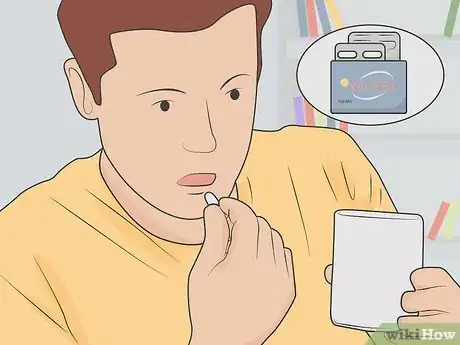
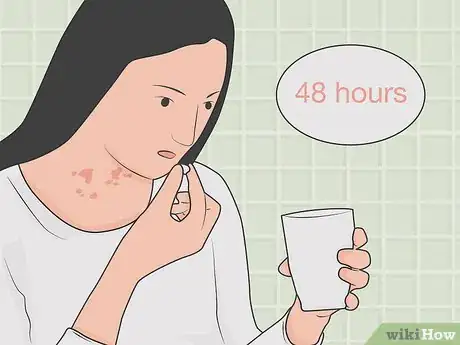

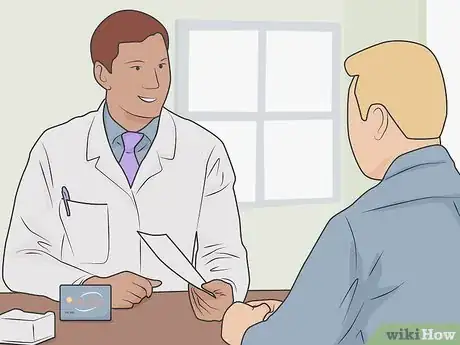
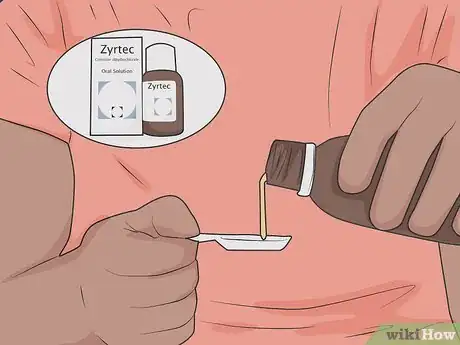



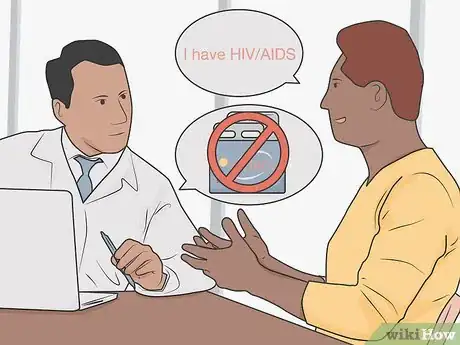



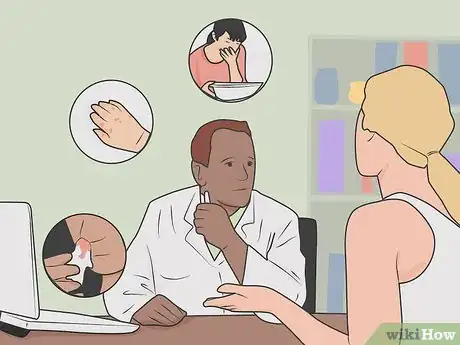





-Step-17-Version-3.webp)


-Step-23.webp)














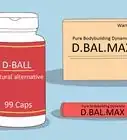




































Medical Disclaimer
The content of this article is not intended to be a substitute for professional medical advice, examination, diagnosis, or treatment. You should always contact your doctor or other qualified healthcare professional before starting, changing, or stopping any kind of health treatment.
Read More...